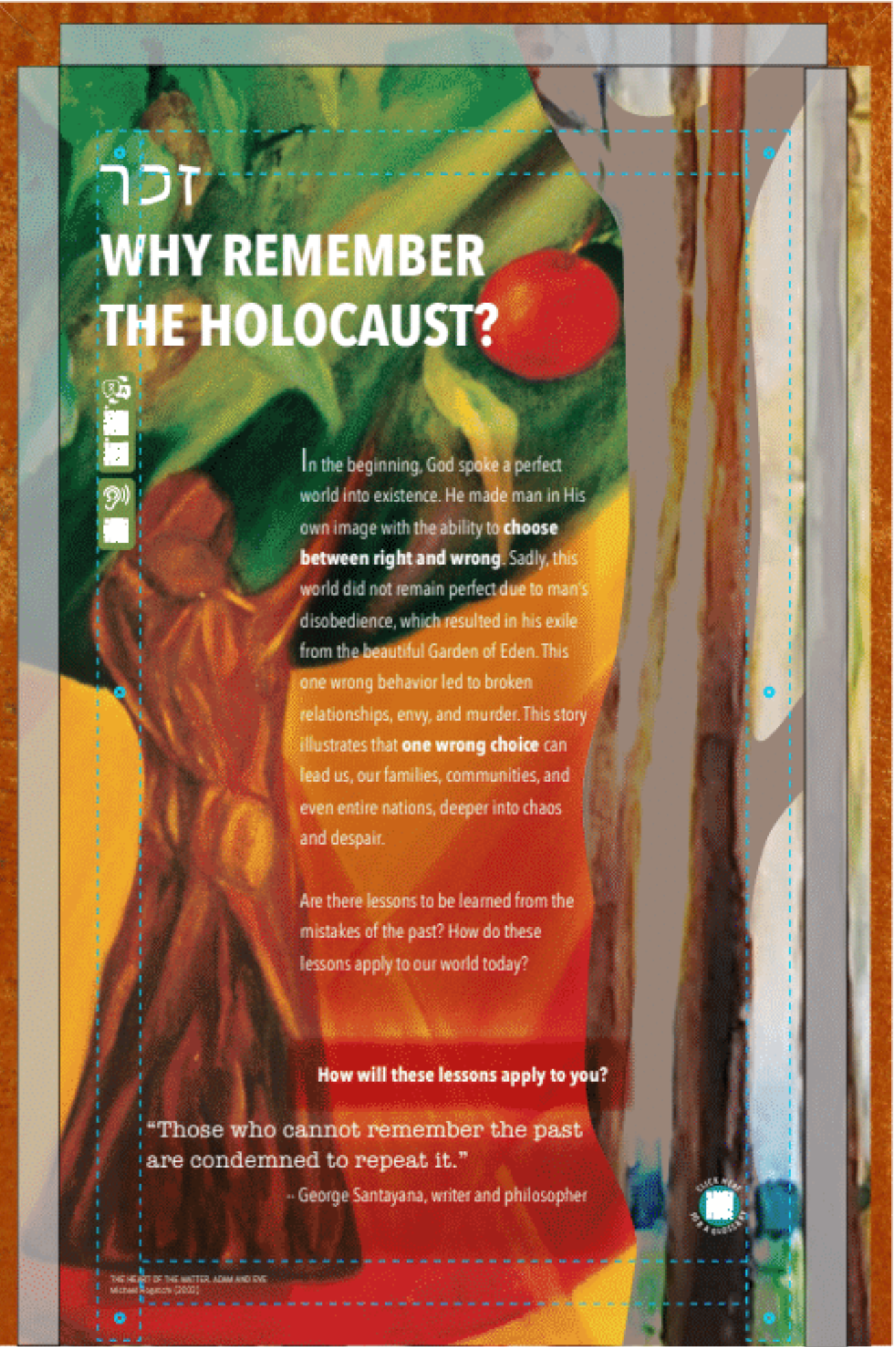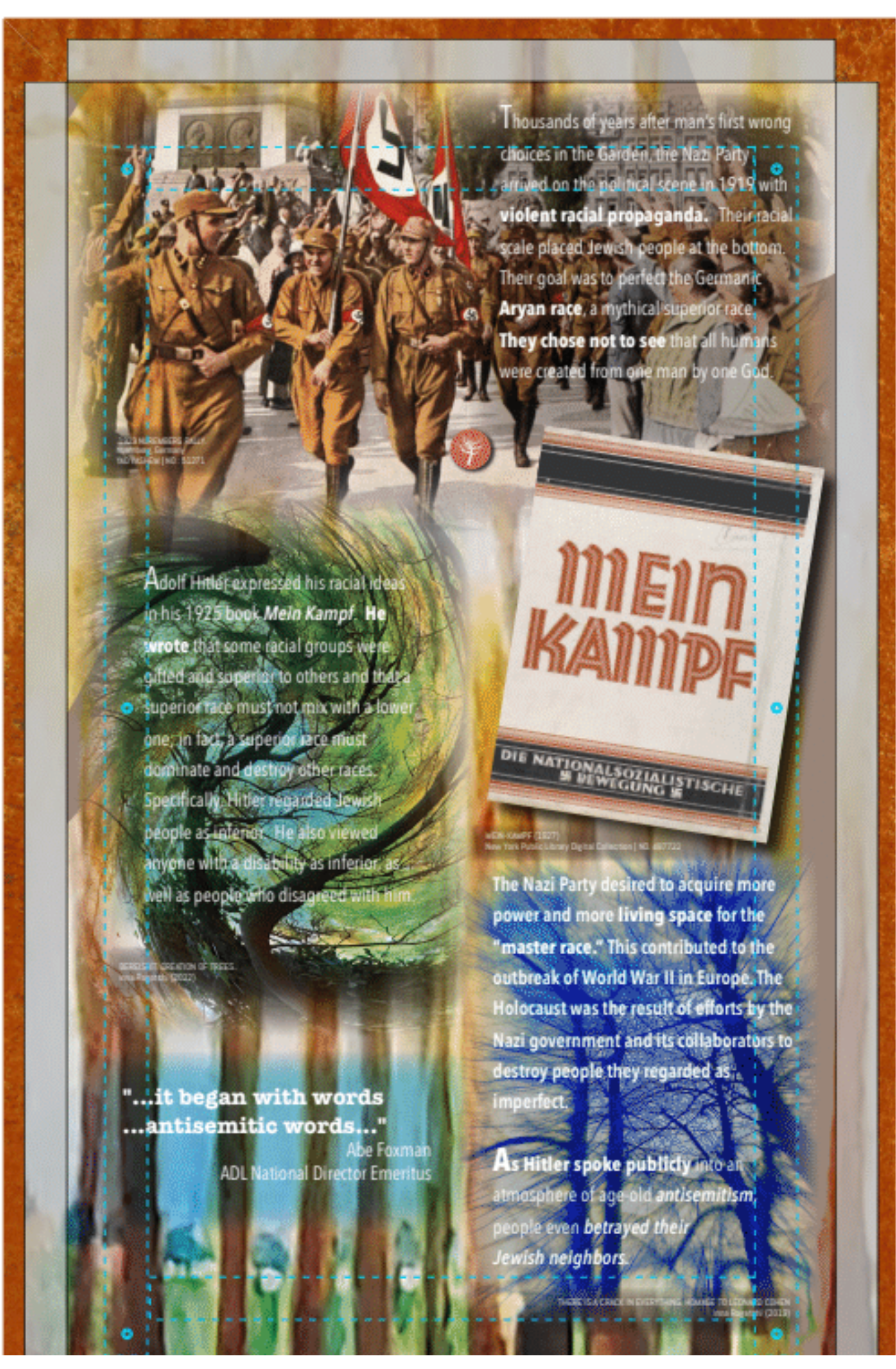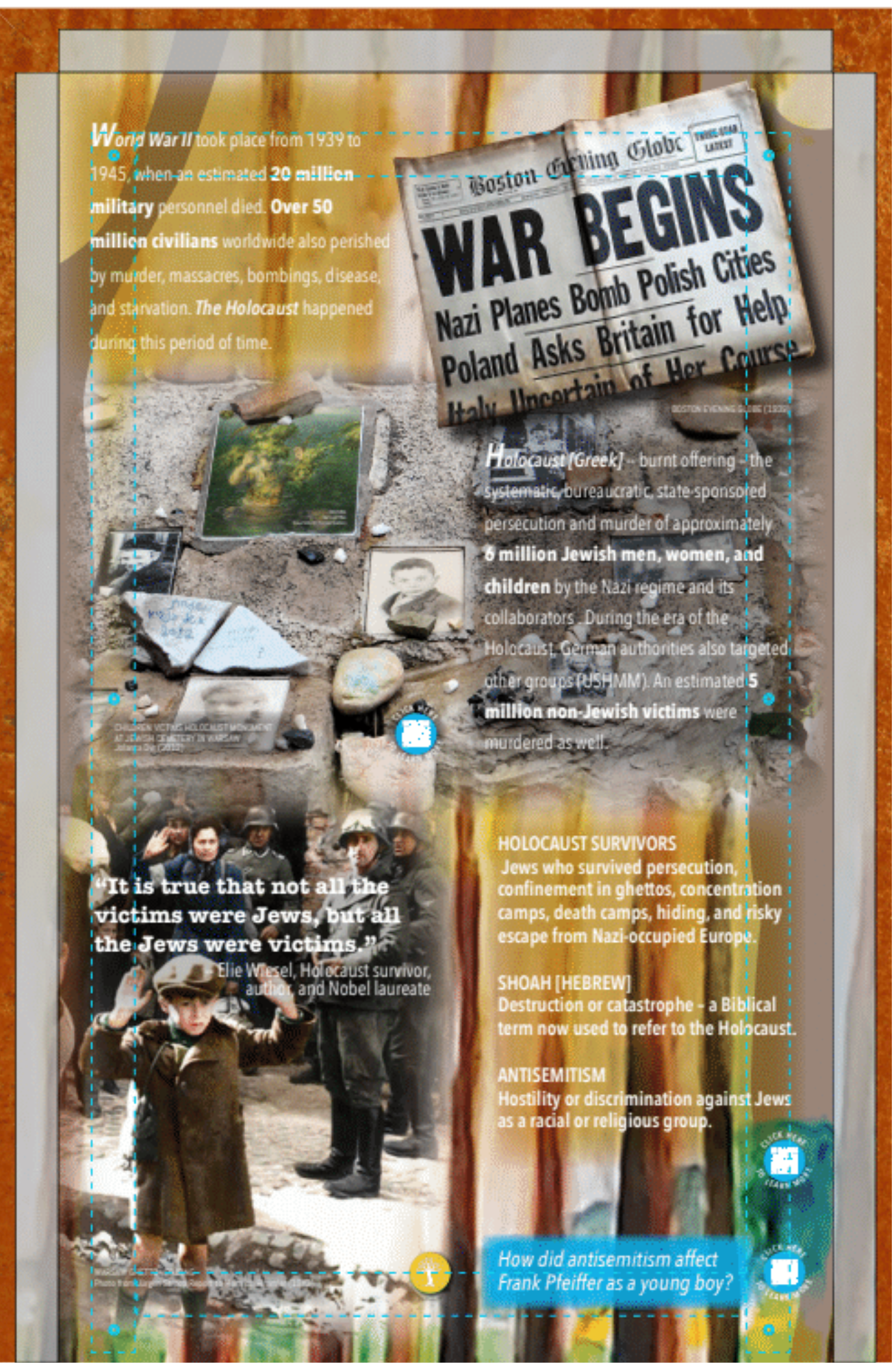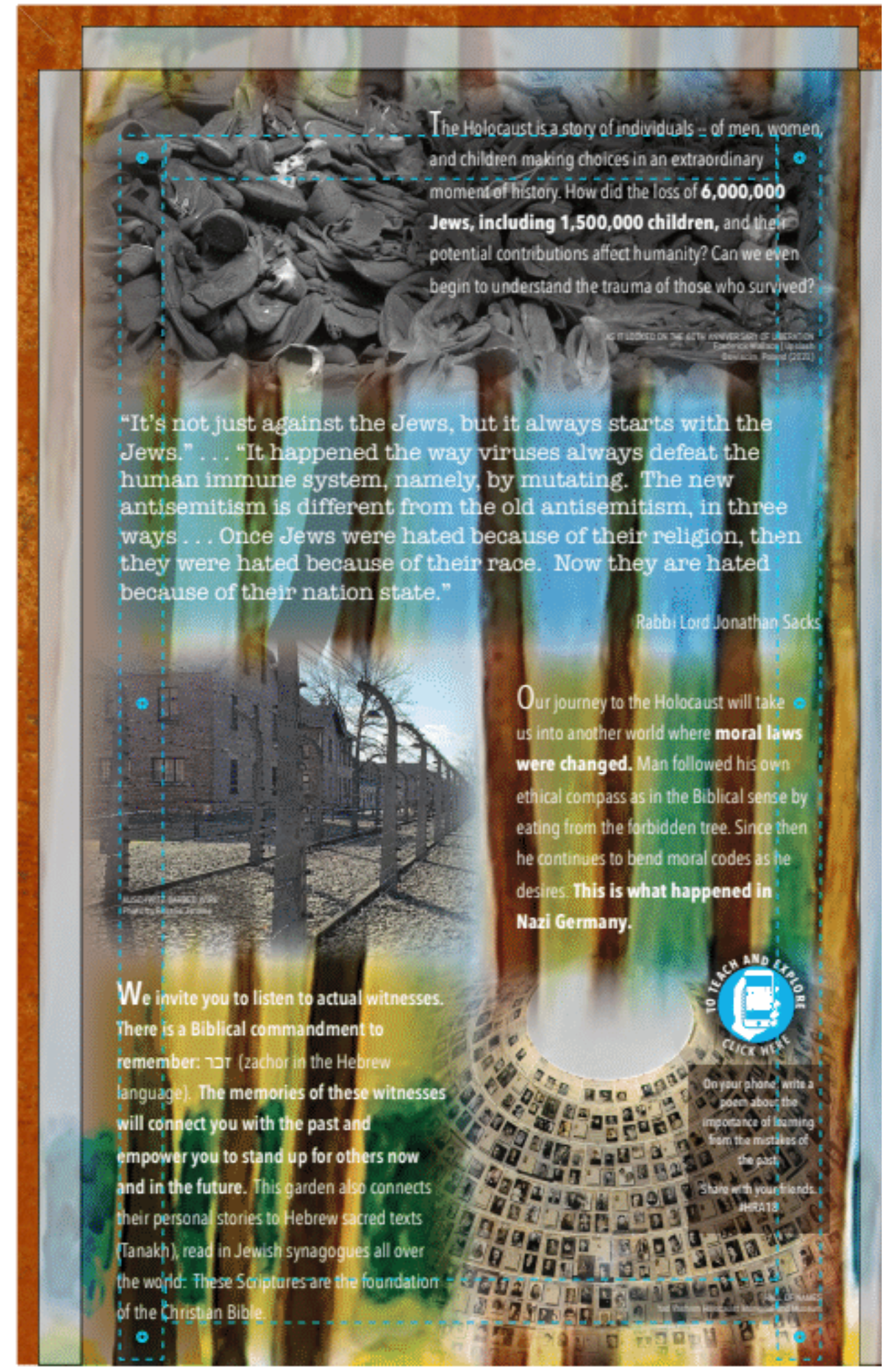“Am I my brother’s keeper?” Genesis 4:9b (NKJV)
In-depth materials – click menu items to jump to the subject:
Biblical background
“In the beginning God created the heavens and the earth…Then God said, “Let there be light”; and there was light.” (Genesis 1:1, 3). Having created all the necessities for human life, God created man.
“Then God said, “Let Us make man in Our image, according to Our likeness…God created man in His own image; in the image of God He created him; male and female He created them.” (Genesis 1:26-27)
Man’s immeasurable value comes from the fact that he was created in the image of God. God Himself confirmed this “Whoever sheds blood by humans shall their blood be shed; for in the image of God has God made mankind.” (Genesis 9:6)
The first question of the Bible was asked by the serpent. The serpent came to the woman questioning God’s word.
“And he said to the woman, “Has God indeed said, you shall not eat of every tree of the garden?” (Genesis 3:1)
The serpent convinced the woman “You will surely not die. For God knows that in the day you eat of it your eyes will be opened, and you will be like God, knowing good and evil.” (Genesis 3:4-5)
This is true to the extent that we do know the difference between good and evil. This is what -ultimately- makes man responsible for his choices. Man has a God given ability to remain silent or to speak up. If there was a ‘veil of silence’ before creation, God broke it when He spoke the world into existence. People, who lived throughout WWII could speak up or remain silent. Many chose to remain behind a veil of silence.
The second question of the Bible was asked by God following the sin that had been committed.
“Then the Lord God called to Adam and said to him, “Where are you?” (Genesis 3:9)
There came another question asked again by God following human history’s first murder.
“Then the Lord said to Cain, “Where is Abel your brother?” (Genesis 4:9)
And, finally, there is a question asked by Cain.
“Am I my brother’s keeper?” (Genesis 4:9)
God created everything perfect, but it was distorted. It was man’s choice, which led to his expulsion from the Garden of Eden. The story is a cautionary tale because it shows us that one wrong choice will lead individuals and entire nations deeper into chaos and despair. Over seventy years later we know this to be true for the world has seen more wars, violence, and destruction since 1945.
Our journey to the Holocaust will take us into another world where moral laws have been changed. Whenever man becomes his own moral authority, he bends universal moral codes, as he desires. This is what happened in Nazi Germany. But it is a common human tendency – we need to learn from the past in order not to repeat it.
Are there lessons to be learned from the mistakes of the past? How do these lessons apply to our world today? How will these lessons apply to you?
“Those who cannot remember the past are condemned to repeat it.” George Santayana, writer and philosopher.
Key Terms
World War II took place from 1939 to 1945, when an estimated 20 million military personnel died, in addition to over 50 million civilians worldwide who perished by massacres, bombings, disease, starvation, and genocide. The Holocaust happened during this period of time.
As we enter the universe the Nazis created, let us understand what we mean by the Holocaust. The word “Holocaust” comes from Greek and refers to “burnt offering”. It is a word that is commonly used to describe the mass murder of six million Jews by Nazi Germany during WWII.
In Hebrew, another word Shoah is used. This word too is Biblical and means “destruction” and catastrophe”. We find it used in the story of Job, also an allegory to the Holocaust: “Because of want and because of hunger, they sat in solitude; they would flee to desolation, to the darkness of waste and desolation.” בְּחֶ֥סֶר וּבְכָפָ֗ן גַּ֫לְמ֥וּד הָעֹֽרְקִ֥ים צִיָּ֑ה אֶ֜מֶ֗שׁ שׁוֹאָ֥ה וּמְשֹׁאָֽה: (Job 30:3).
Note that both these terms are religious. This alone shows us that what happened to the Jews of Europe was unique; despite the Nazis murdering millions of others too, the murder of the Jews was something so unprecedented that ordinary words could not describe it.
Nazi policies led to the death of six million Jews of Europe. It is estimated that another five million others died too. Among the victims were 1,5 million Jewish children. Of them we have only little evidence: some letters; some photos; some diaries and some artifacts. They were forced to leave behind their belongings: teddy bears, dolls, cars, drawing tools, musical instruments, and schoolbooks. Life changed in the blink of an eye.
Closely related to the Holocaust is the word antisemitism, which means hostility or discrimination against the Jews as a racial or religious group.
Traditional antisemitism related to Christianity. Anti-Judaism is a form of religiously based prejudice and hatred that targets the Jews even today; much of it is related to Christian misunderstanding and contempt of Judaism. Christians did not know the Bible well and often felt that Jews were their enemies.
From the anti-Judaism of the Middle Ages (500-1500), a new politically correct and scientific sounding word was created in the 1870’s. Semitism refers to Hebrew being a Semitic language; the Jews thus being the Semites. The alarming effect of persisting Antisemitism was that it made people incapable of helping a Jews even when there was an opportunity. Antisemitism made people and the wider society vulnerable to propaganda and, ultimately, murder. This is the explanation to why neighbors betrayed their neighbors with relative ease in many countries of Europe.
During the Enlightenment (from the 1680’s) a new form of antisemitism, a type of socio-economic envy, developed. As societies changed into a more equality-based direction and civil rights were emphasized, people accused Jewish communities of engineering changes they did not like. Jews were accused of disloyalty and power-hunger.
Racial antisemitism related closely to racial theories, popular in universities worldwide from end of the 1800’s. Jews were on the lower end of the racial scale.
Anti-Zionism, which targets the State of Israel with age-old accusations, is sometimes called the new antisemitism. It often spills over to target local Jewish communities around the world. Antisemitism comes from all political directions, including the left and the right, in different accusations.
Main Categories of People
Throughout our journey, we will be encountering three main categories of people: perpetrators, silent bystanders, and rescuers.
1.Perpetrators are people who commit atrocities or enable them by various actions. They may be engaged in shootings or propaganda or acts as medical personnel or guards. Perpetrators are to be found in different levels of the society including at the top of the command chain but also in many smaller roles. In countries occupied by Nazi Germany we find in this category collaborators, who choose the side of the Germans and aid them in different roles.
2.Silent bystanders is the largest category in any human rights violation situation. For a variety of reasons, such as fear, or perceived lack of means or information, bystanders do not get involved one way or another. Their main concern is to preserve their lives and lifestyle despite the atrocities going on in the wider society.
3.Rescuers, sometimes also called upstanders, are the smallest group in these situations. These are ordinary men and women willing to take risks to save someone’s life. Their actions could be in networks, such as a resistance movement or as individuals privately hiding someone. They might use their professional abilities, such as a diplomatic cover or a doctor’s training, to help someone.
Intended Victims of the Atrocities
In addition to the Jews, there were other groups targeted by the Nazis. The main difference was that Jews were the only group targeted for complete destruction based solely on their racial and religious identity.
The other groups included the Roma (Gypsies) – possibly the closest to the Jews in terms of their fate. They fell victims to the Holocaust by the Bullets as well as all the other forms of persecution. Since the exact numbers of Roma victims are not known, it is estimated that 250,000 – 500,000 Roma were murdered in the Holocaust.
Other groups included Jehovah’s Witnesses, the mentally and physically disabled, Poles and other Slavic peoples, LGBTQ individuals and various members of political opposition groups and partisans.
In term of prisoners of war, Soviet POW’s usually received the harshest treatment.
In the case of the Holocaust, all Jews of Europe were to be annihilated. “It’s not just against the Jews, but it always starts with the Jews.” Rabbi Lord Jonathan Sacks (1948-2020)
Toward the end of our journey, we meet the liberators; Allied officers and soldiers, who were the first to enter the concentration camps and witnessed the horror and tragedy in person.
Early History of Anti-Jewish Attitudes
Jesus was born a Jew. His parents gave Him the Hebrew nameישוע Yeshua, which refers to salvation. His earthly existence centered around the Second Temple in Jerusalem – in other words not only was He a Jew but he practiced Judaism. Apostle Luke narrates the Jesus’ early life’s events in and around the temple (Luke 1-2). Jesus preached and taught at synagogues (Luke 4) as well as the Southern Steps where rabbis commonly taught. Jesus referred to Himself, as the fulfillment of the Scripture (Luke 24:27). Jesus predicted the coming destruction of the Second Temple and the Jewish dispersion we know as the Diaspora. The mighty Roman Empire fought against the Jews and, indeed, the Second Temple was destroyed in 70 AD.
When Jews were dispersed in the Roman Empire conditions for their discrimination and persecution were ready. Throughout the Middle Ages (c. 500 – 1400 AD), Jews were persecuted in various parts of Europe. Often the Church was the driving force. This happened despite the church saying it was following Jesus’ teachings. Jesus’ Jewish identity was ignored by many Church Fathers who from the beginning favored Greek over Hebrew.
Persecution, expulsions and forced conversions were a frequent part of Jewish life in Europe. Jews served as a handy scapegoat during a time of crisis, such as the Black Death (1346-1353) when mass burnings of Jews took place. During the Crusades (1096-1271), the Crusaders violently targeted Jews in parts of Germany and France before they ever left Europe to liberate Jerusalem. Inquisition, a Catholic Institution for examining purity of faith, murdered many Jews in addition to those whom it considered Heretics.
Ritual Murder Accusation is one of the most enduring accusations. Accordingly, Jews would kidnap a Christian, often a child, to use their blood and body in their baking of Passover bread, Matzah. This myth was repeated with slight variations around Europe and actually survives until today.
Sadly, reformation for the most part, did not espouse better views on the Jews. Martin Luther (1483-1546) initially had a good rapport with the Jews. Luther emphasized the Jewish roots of Christianity. He believed that Jews would embrace his new brand of Protestant Christianity. When this did not happen, he grew embittered. His “The Jews and Their Lies” from 1543 advised to burn synagogues, destroy Jewish houses, take Jewish prayer books from them and to expel Jews.
Tragically, this happened, as history moved on. Indeed, during the 1946 military trials, Julius Streicher (1885-1946), publisher of the antisemitic Der Stürmer Magazine, specifically mentioned Luther who in his words should have been a co-accused.
Replacement Theology (known as the Supersession Myth) claimed that Jews no longer have any role in God’s purposes. Even today this theology ignores the Jewish roots of the Christian faith. Even though Christian values are based on Judaism, there existed an attempt at ignoring the connection. From early on, there was anti-Judaism at the church. This attitude influenced the Church’s discriminatory relationship with the Jews to the extent that traditional Antisemitism is understood to be Christian in nature. It could be argued that the church in Germany (and other parts of Europe) was ready to receive Hitler’s murderously anti-Jewish ideology because existing theology had prepared the ground.
From Creation to Racism
In the beginning God had created a Garden, where His creation existed in peace and harmony. His human race was perfect and enjoyed His daily presence. Following the tragic events of WWI, Adolf Hitler came to the political scene with violent racial propaganda in 1919. Hitler’s racial scale had the Jews at the bottom. His goal was to perfect the Germanic Aryan race whereas he was unable to see that all humans were created from one man by one God.
The racial thought did not remain an abstract idea. It caused untold suffering to large numbers of men, women, and children, especially the Jews, the Roma, Sinti, and the Slavs. The idea of a master race was intimately connected to the idea of expanding living space Lebensraum, which was conquered in war. From Forced Sterilizations to Euthanasia Program to German-looking children being stolen from parents or orphanages in the occupied countries, the Nazis sought to create a new race. We could argue that the Holocaust was the result of Hitler’s efforts to destroy people he regarded as imperfect.
Adolf Hitler expressed his racial ideas in his book Mein Kampf (My Struggle), written when he was imprisoned in 1924. In Hitler’s view some racial groups were gifted and superior to others. A superior race must not mix with a lower one; in fact, a superior race must dominate and destroy other races.
“Every genocide – Armenian, Holocaust, Rwanda, and so many others – began with words.” Deborah E. Lipstadt
In an oft repeated quote by Holocaust scholar Raul Hillberg (1926-2007) there was a progression through centuries of history: “The missionaries of Christianity had said in effect: You have no right to live among us as Jews. The secular rulers who followed had said: You have no right to live among us. The German Nazis at last decreed: You have no right to live.”
Man could not succeed in his fight against God’s creation principles. Admittedly, Adolf Hitler managed to take the world at the brink of destruction. Clearly, he changed first Germany, then Europe into a dangerous and unpredictable place. From his ascent to the Chancellorship of Germany in January 1933, the threat to human civilization was clear and present.
Post-war Germany has carried much shame and guilt. Generations born after 1945 still carry the trauma of WWII and the Holocaust. This is equally true both on the side of the perpetrators and the victims. There is a trans-generational trauma, which remains even when the last eyewitnesses are no longer with us. It has been suggested that certain behaviors and alliances were transmitted from parents to children.
We invite you to listen to actual witnesses. There is a Biblical commandment to remember: זכר (zachor in the Hebrew language). The memories of these witnesses will connect you with the past and empower you to stand up for others now and in the future. Their personal stories connect to Hebrew Scriptures (Tanakh) read in Jewish synagogues all over the world. These Scriptures are also the foundation of the Christian Bible.
These are their stories.
“Remember what Amalek did to you on the way as you were coming out of Egypt… (Deut. 25:17-19)
“Tell your children about it, let your children tell their children, And their children another generation.” (Joel 1:3)



